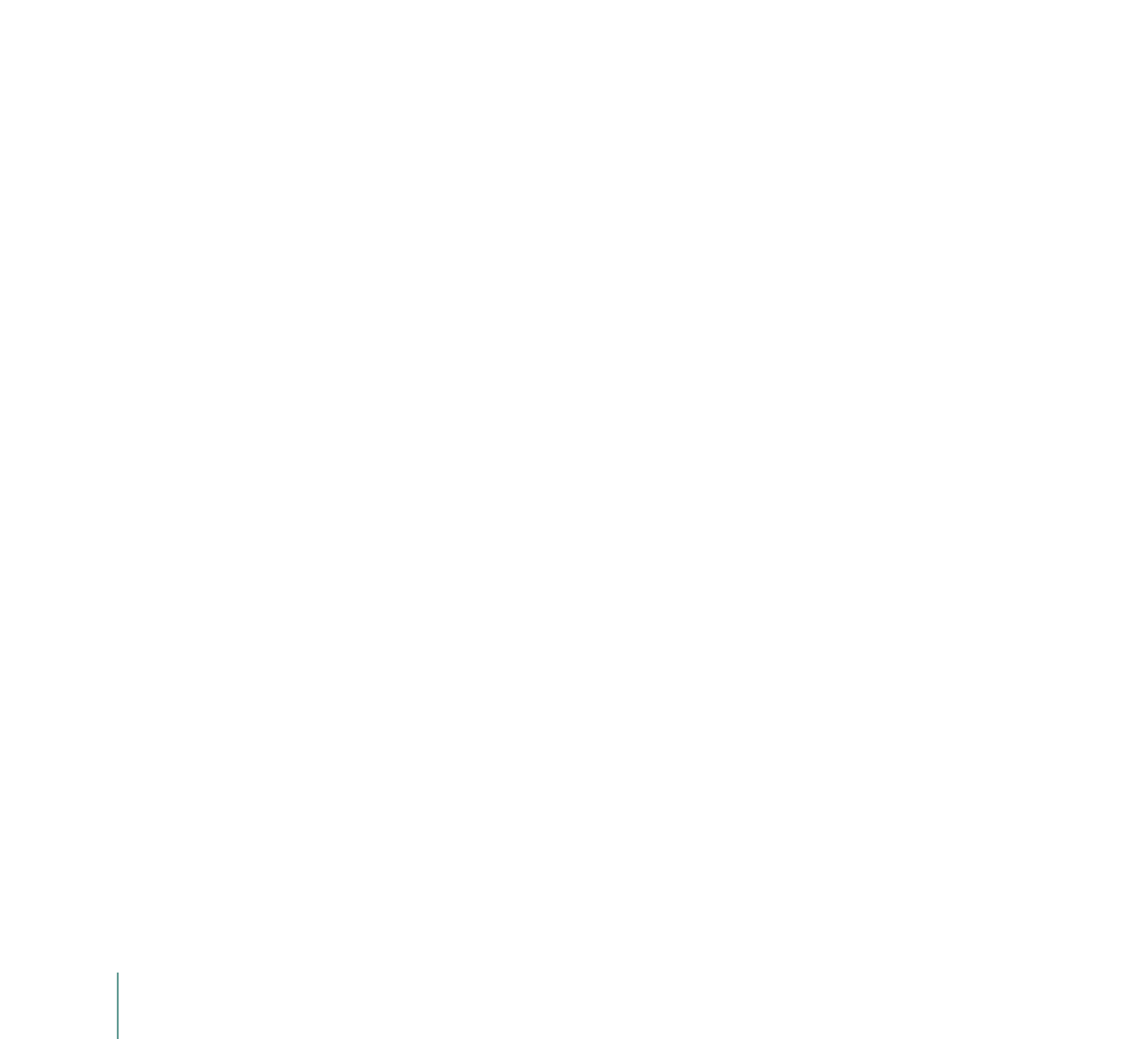

What are the difficulties that the cello version poses for the pianist?
J. L.:
The keyboard part doesn’t change, but the proximity between the cello
register and that of the piano means one has to resolve questions of balance.
What’s more, the Sonata flows more freely, more organically with the violin than
with the cello, and so I have to adapt my playing to that factor too. Luckily, the text
lends itself to that: it’s a veryWagnerian style of writing, I’d say, with an extremely
profound, deeply pondered message; its chromatic, sinuous character gives
pianists a flexibility they wouldn’t have in sonatas of a more classical character – I
don’t think one could perform a Fauré violin sonata on the cello. The transcription
of the Sonata isn’t by Franck himself but by Jules Delsart;* and I’d like to give due
credit here to Camille, who dispensed with some of his modifications – aimed at
making it easier to perform it on the cello –when she had the feeling they distorted
the musical message.
C.T.:
It was simply a question of octaves in a few passages, where I refused to play
the ‘comfortable’ octave for the cello and insteadwent for the higher option, which
of coursemeant I had to resolve technical and expressive difficulties. And I’mhappy
to have found in Julien someone who totally shared my quest for a musical and
sonic ideal . . .
* The French cellist and pedagogue Jules Delsart (1844-1900) was a pupil ofAuguste Franchomme (1808-84) at
the Paris Conservatoire, where he succeeded his teacher in 1884.
22 REMINISCENCES,
AWORLD IN ITSELF

















